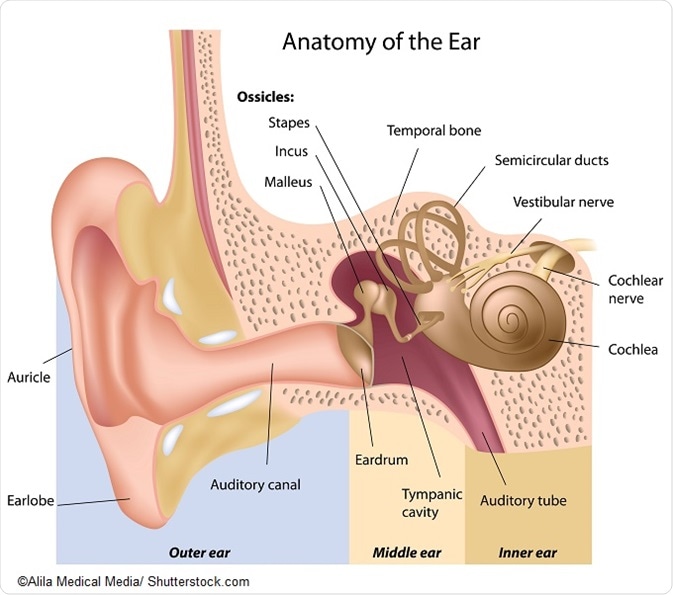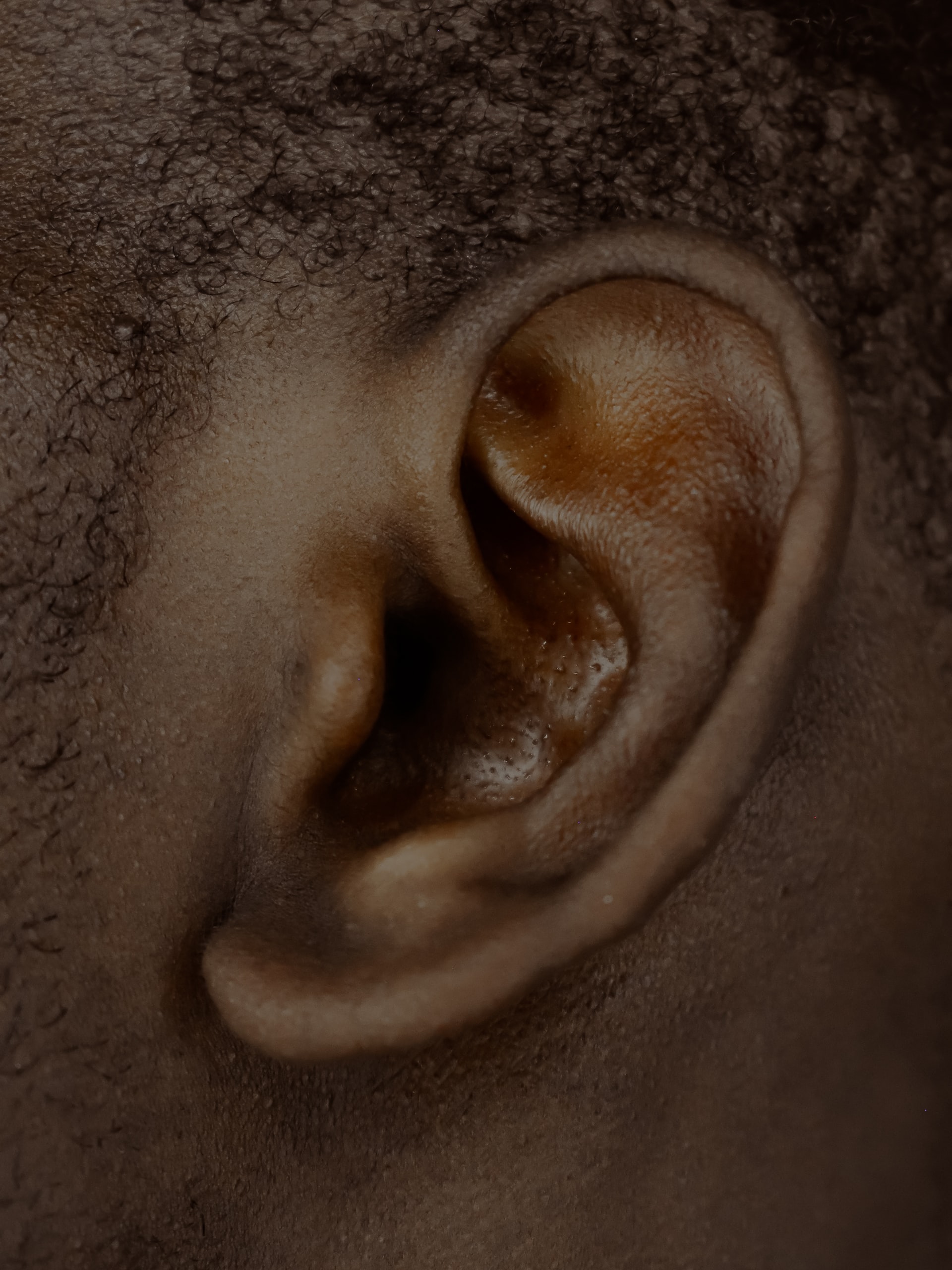How does our brain process sound?
Since the beginning of human existence, humans have always been fascinated by music. The use of chants, drums, and horns predates the use of language as we know it today.
Music has the power to alter moods, physical and mental states, and memory. But how does this happen exactly? Why do certain songs trigger sheer happiness, and others extreme sadness?
For the past couple of decades, scientists have been trying to find the answers to these questions. New technologies have made it easier to analyse which areas of the brain are triggered when we listen to music, why different genres of music are associated with different responses, and why music is so seminal to every culture and society.
Music and Brain development
Humans start processing music while they’re still in the womb. 16-18 week fetuses can hear different sounds. At 24 weeks, the baby is more sensitive to sounds as the baby’s ears are developing at an accelerated rate. By the 25-26th week of pregnancy, the baby responds to sounds such as music and voices. They can even tune out certain sounds.
Studies show that music instruction also accelerates brain development rate in young children. Brain areas that are associated with processing sound, language development, speech and language perception, as well as reading skills, are particularly affected. [Source: USC]
How our brain responds to music

Sound is all about vibrations, i.e. sound waves which the brain translates into electric impulses.
When sound waves reach the outer ear, they’re immediately transported to the middle ear. In the middle ear, the eardrum vibrates as a result of the sound waves. These vibrations are passed to the inner ear, which houses the cochlea.
The cochlea has one row of inner hair cells and three rows of outer hair cells. The inner hair cells function as sensory receptors and are reactive to different pitches and tones.
The inner ear translates the vibrations into electric signals, which are then sent to the brain via the neurons that make up the cochlear nerve system. These signals end up in the brain’s cerebral cortex – a.k.a the brain’s supercomputer.
A dozen different brain parts get involved in analysing signals and detecting different musical elements. The most important regions, however, are the temporal lobe, the cerebellum, the frontal lobe, the hippocampus, and the amygdala.

Temporal lobe – this part of the brain has several subregions that enable us to “enjoy” music. Wernicke’s area analysis song lyrics and empowers us to understand them. Broca’s area enables us to form words so that we can sing along to the songs that we love.
Cerebellum: The cerebellum is all about movement. Music and movement and inextricably linked; therefore, this part of the brain governs our physical response to music. Playing instruments and dancing to our favourite tunes are two actions that heavily rely on the cerebellum.
Frontal lobe: The frontal lobe governs logistics, thinking and planning. Although scientists have not yet discovered the frontal lobe’s full involvement in processing music, they’ve discovered that it plays a role in defining our musical taste and opinions.
Hippocampus: The hippocampus is tied to storing information – including memories. It also governs triggers caused by certain memories. Music activates our short term memory while concurrently building long term memories. That’s why you’re able to recall music-related memories that happened twenty years ago with extreme precision.
Amygdala: The amygdala processes sounds and determines our emotional reaction to them. Music triggers different emotions, and this all ties into the amygdala’s “fight or flight” function.
Final notes
The positive effects of music on our brain have been harnessed by music therapists to alleviate the suffering of individuals whose lives have been negatively impacted by brain injuries, traumas and neuro disabilities.
This type of therapy uses music to address the individual’s cognitive, emotional and physical needs and to improve their quality of life.
By employing different techniques such as listening to live or recorded music, drumming, songwriting, and discussing moods associated with music, music therapists assist people with ASD (Autism Spectrum Disorder), dementia, heart disease, acute and chronic pain, Alzheimer’s disease, and other physical, developmental, mental health and trauma-induced needs.
Photo by Dylann Hendricks | 딜란 on Unsplash






